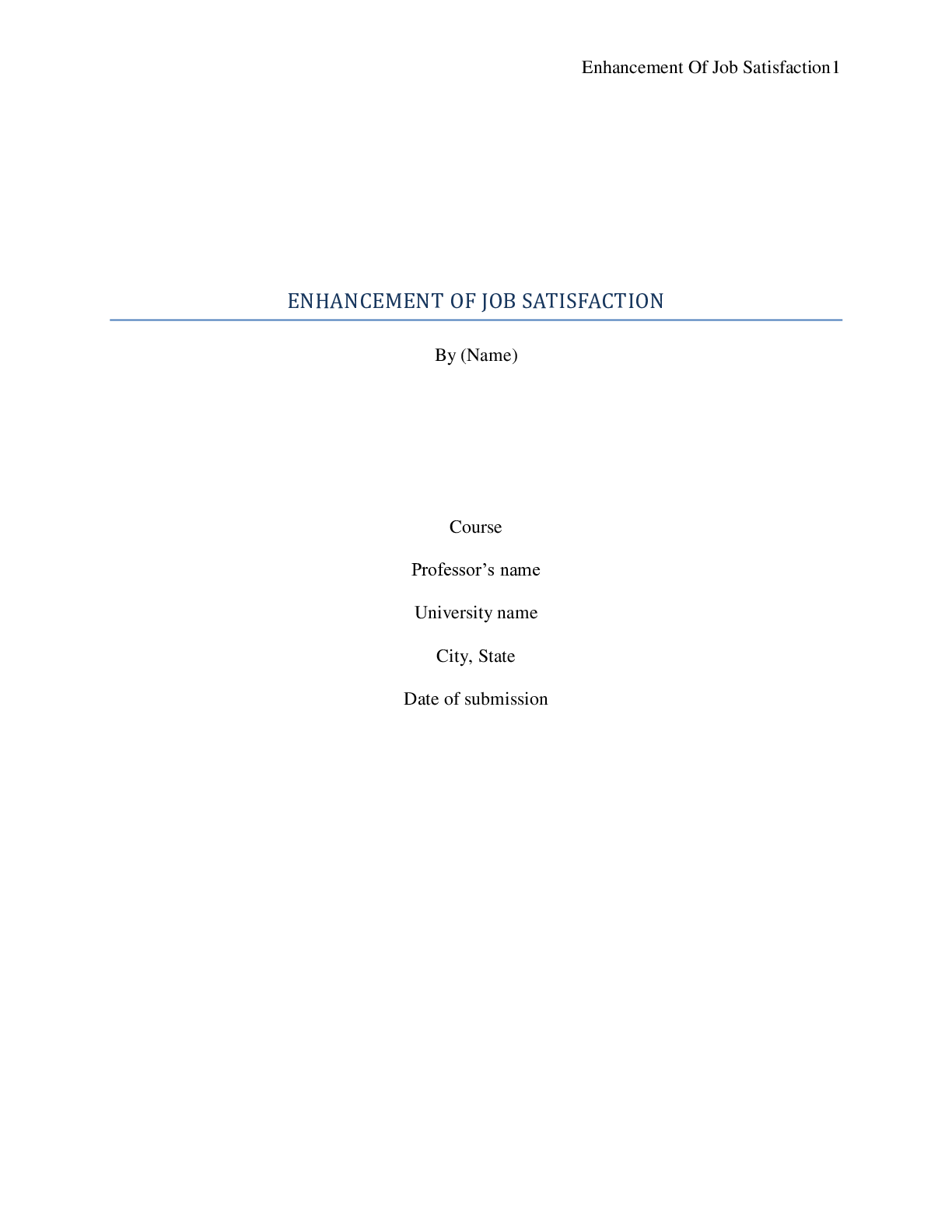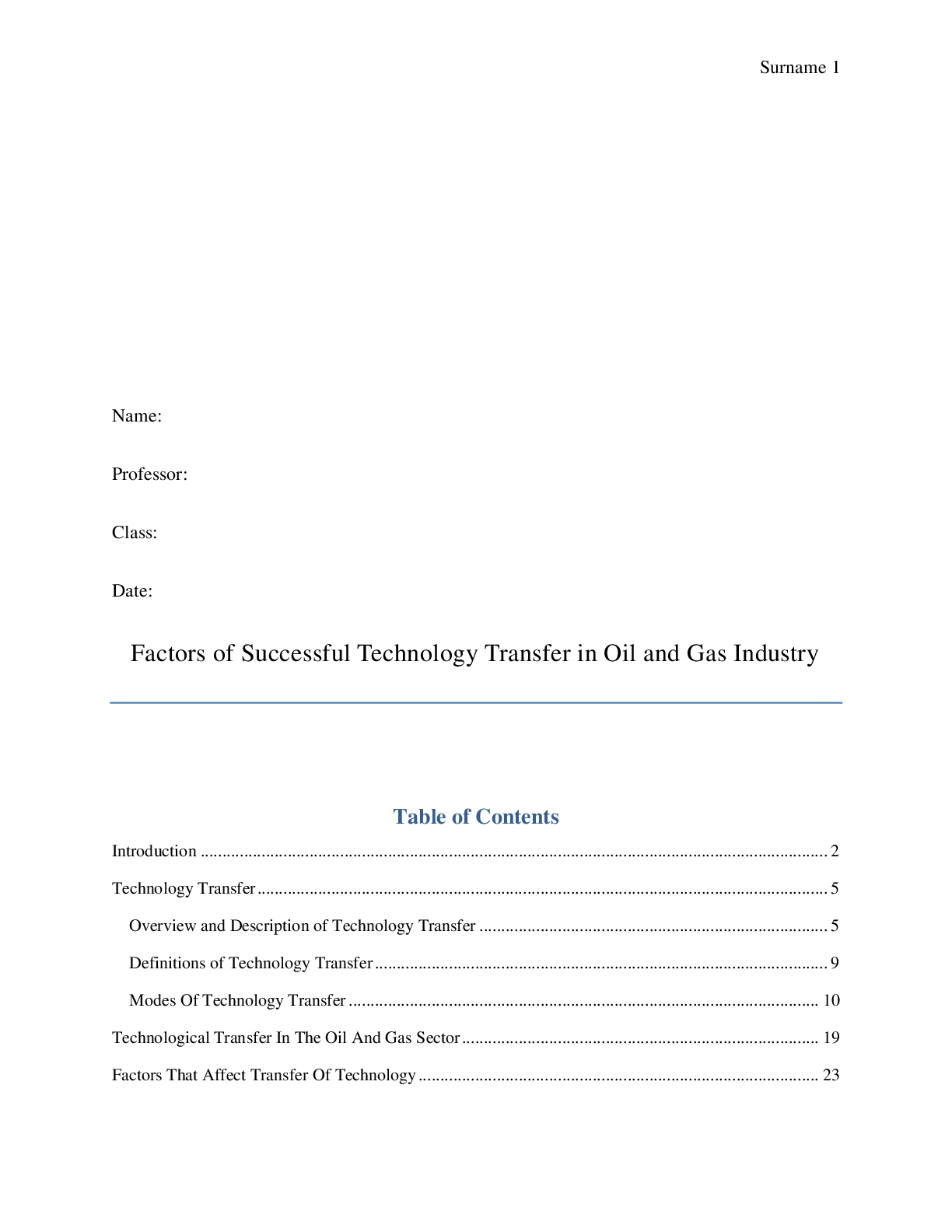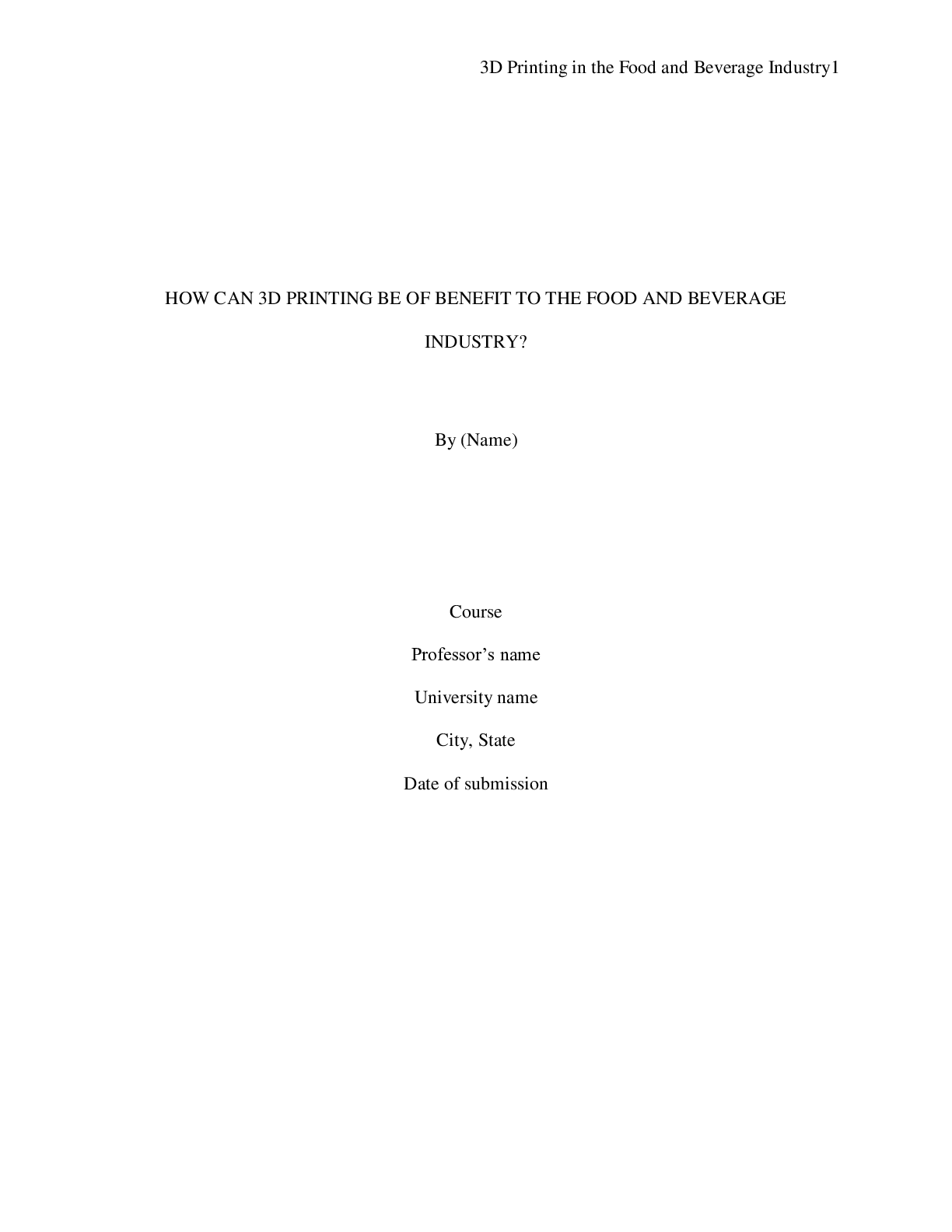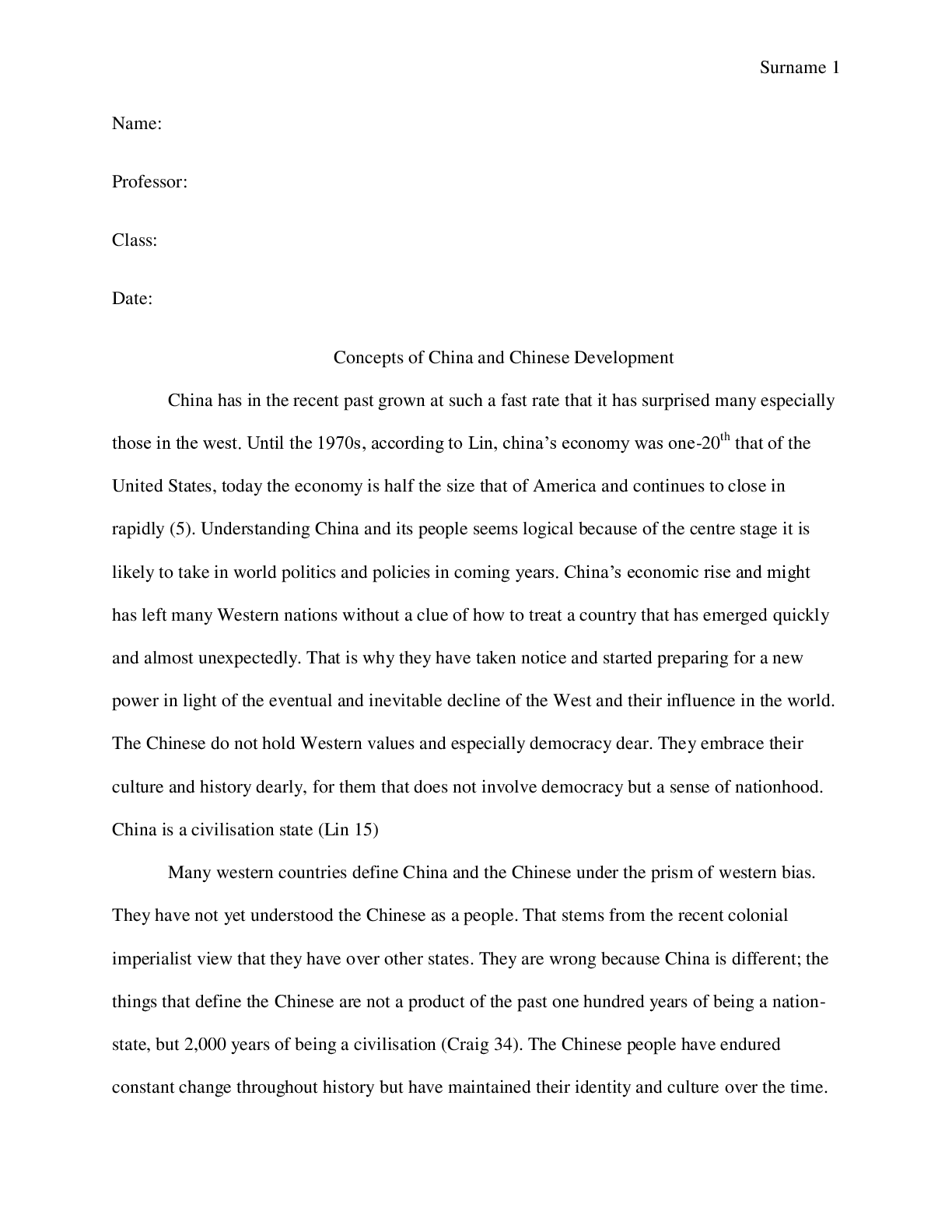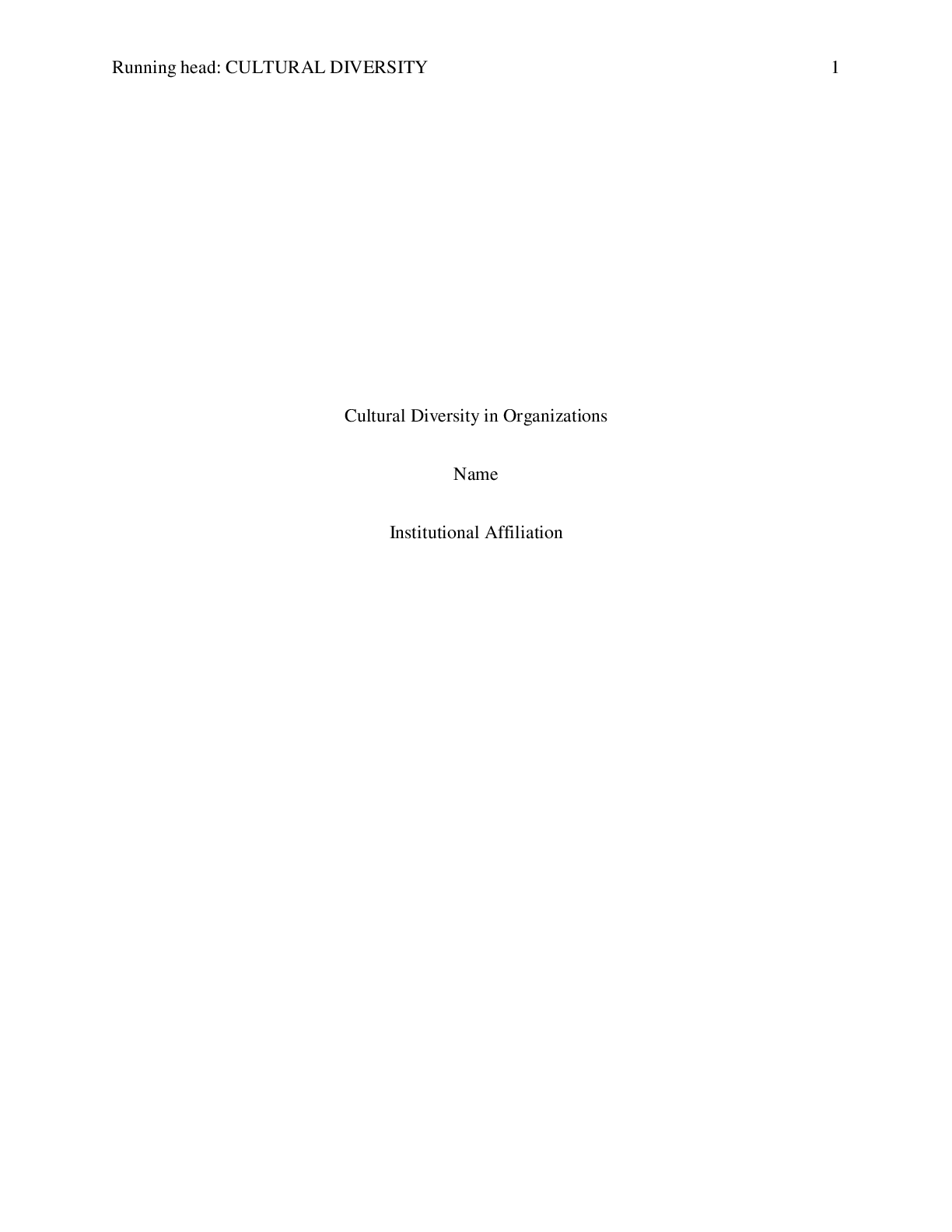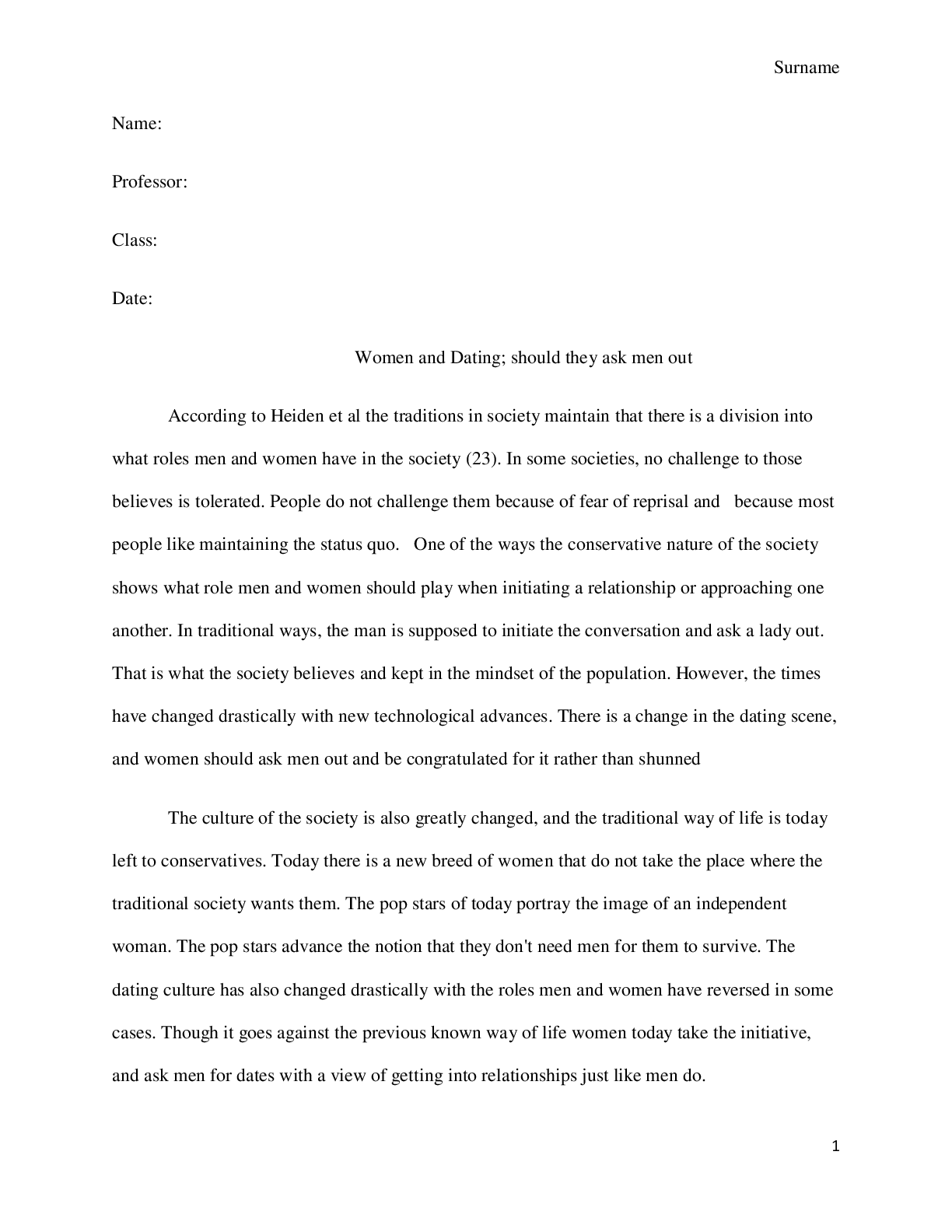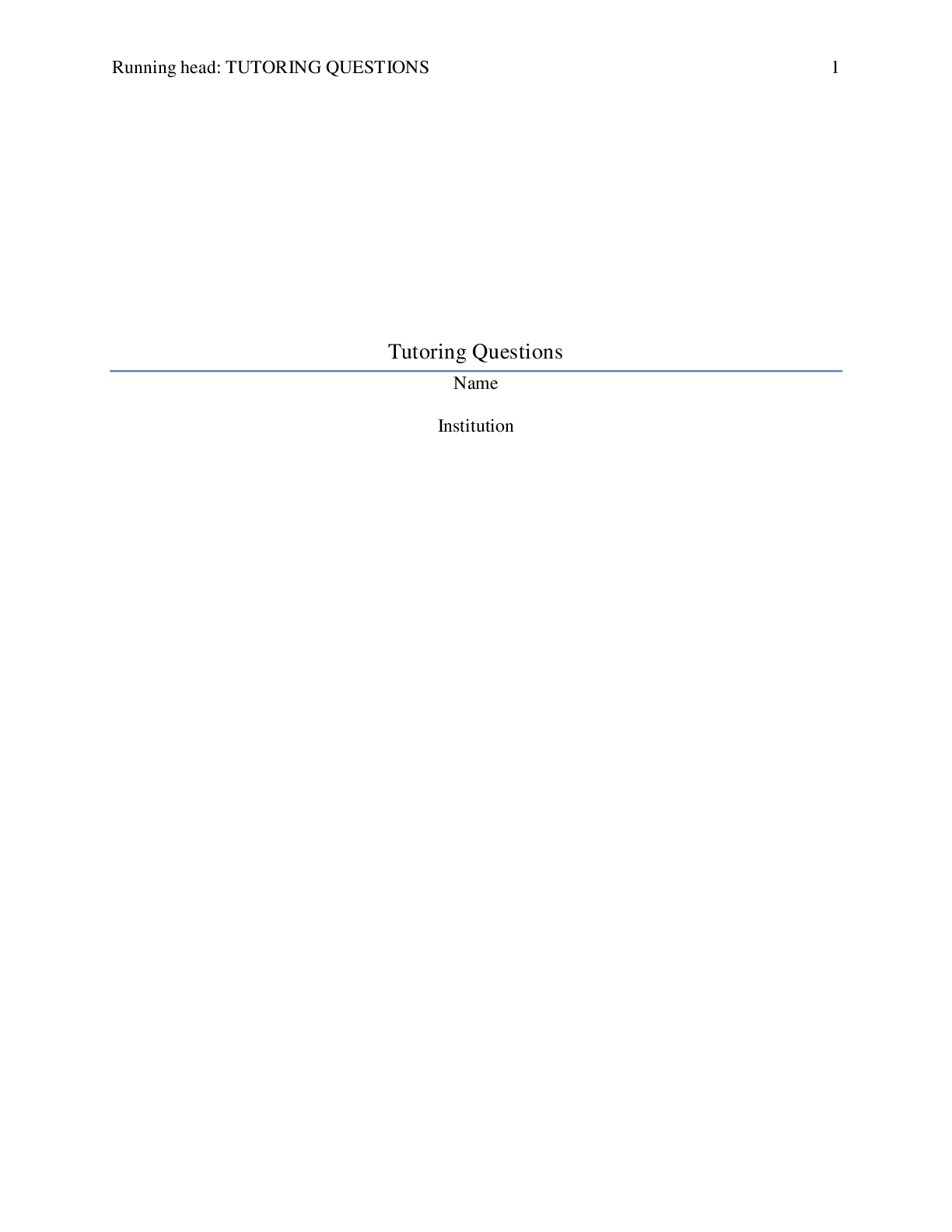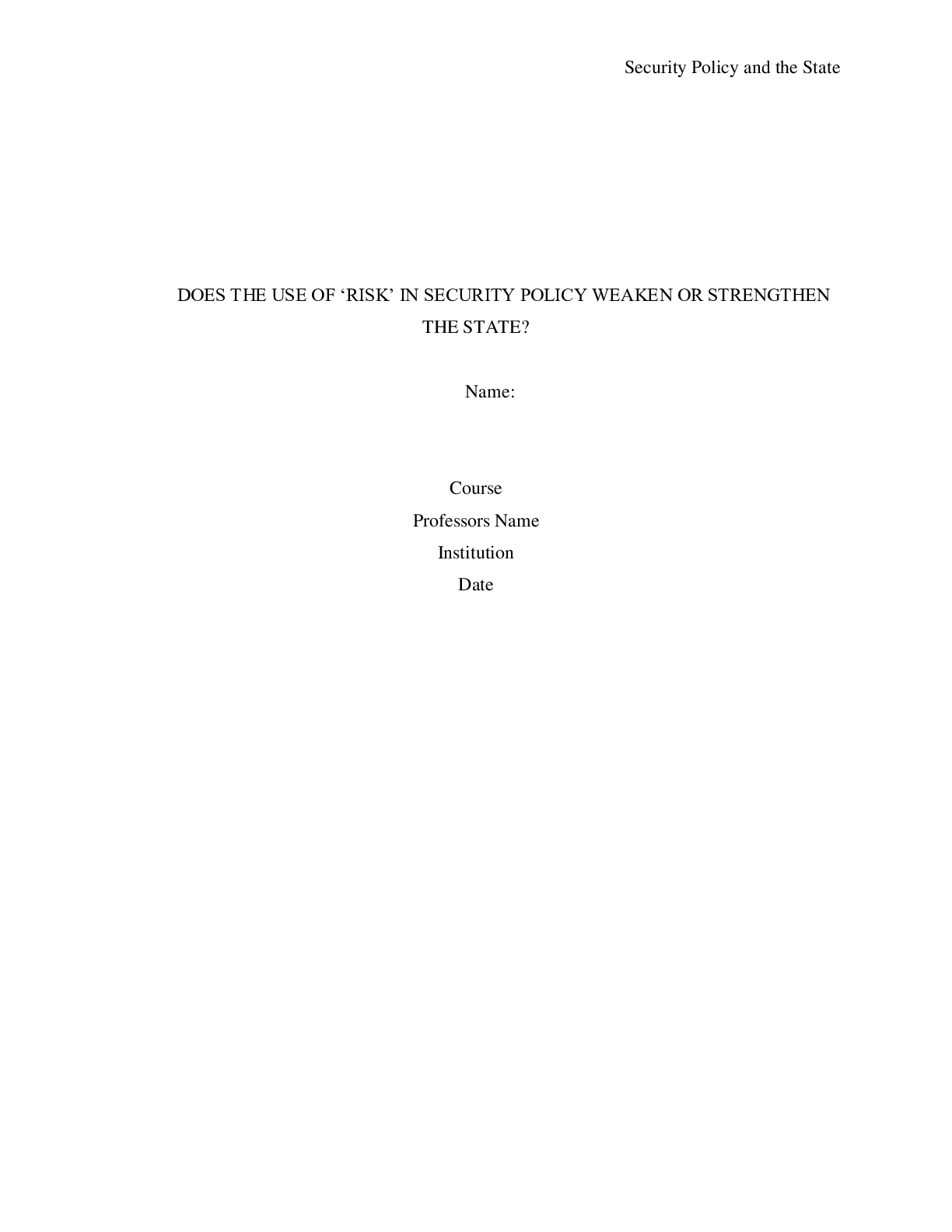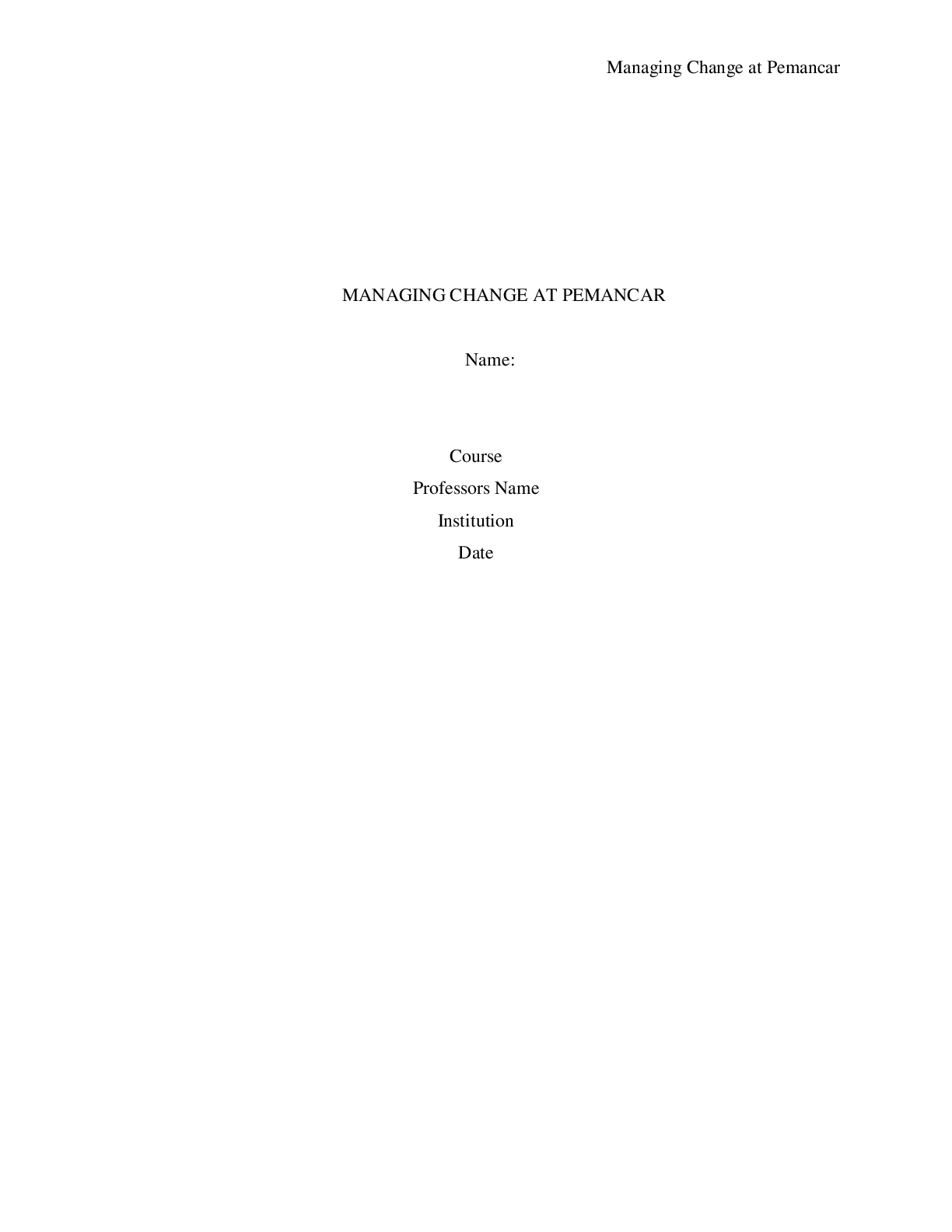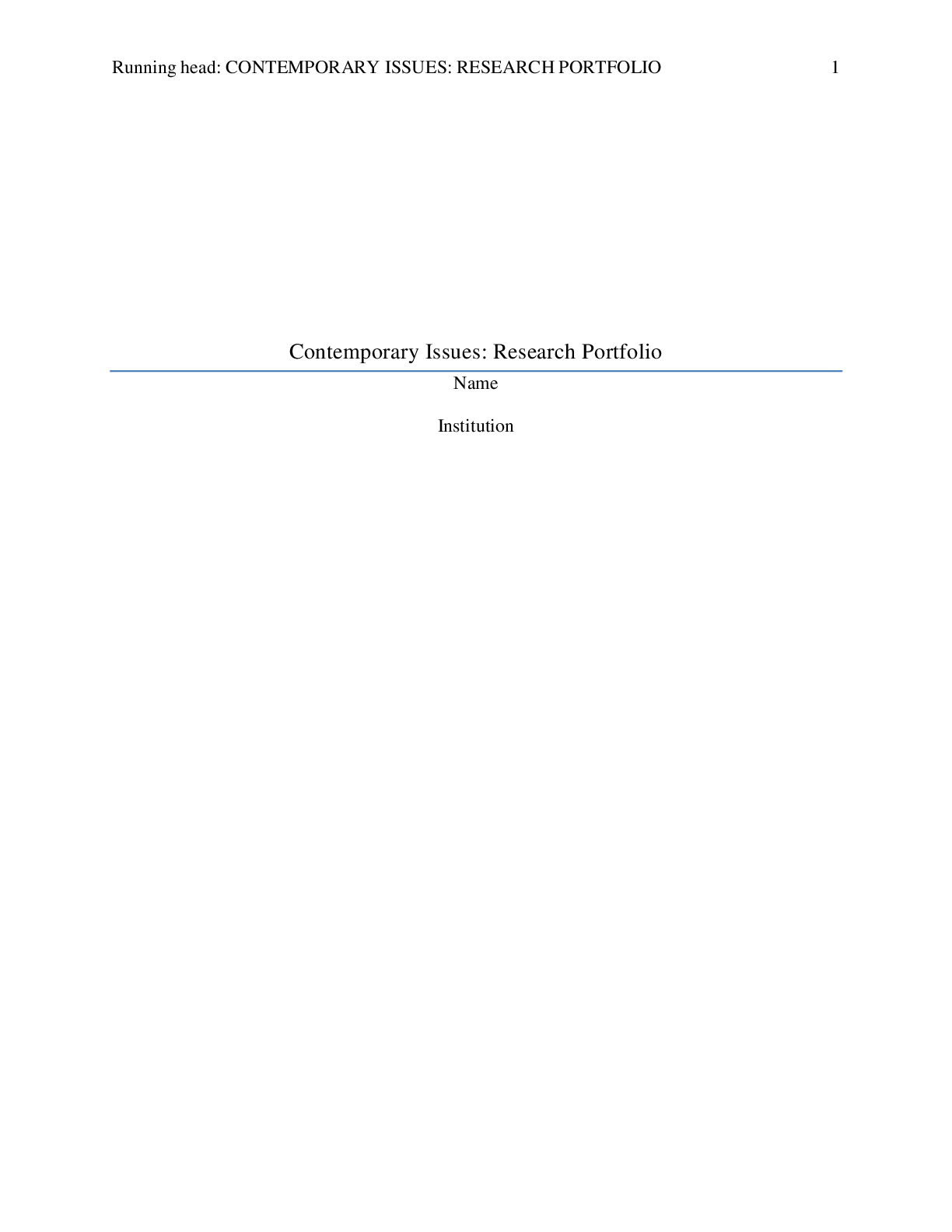*NURSING > ESSAY > Ohio University, AthensNURSING NR 507Week four Discussion Part One NR 507advanced pathophysiology (All)
Ohio University, AthensNURSING NR 507Week four Discussion Part One NR 507advanced pathophysiology
Document Content and Description Below
Discussion Part One (graded) Mrs. Orndorf is a 28-year-old woman married for 3 years who has just returned from an outdoor camping trip with her husband, with symptoms of dysuria with a burning sen... sation, urgency to urinate, and frequent urination. She said, “I have had similar symptoms three times over the last 2 years. Pubic and low back discomfort awoke me two nights ago and that is why I am here.” On physical examination, her temperature was 98.6° F, blood pressure was 114/64 mm Hg, pulse was 68 beats per minute, and the respiratory rate was 12 breaths per minute. Other than a tender abdominal pelvic area, the examination was unremarkable. What is your list of differential diagnoses in this case and explain how each of these fits with the case patient as described above. Be sure to list at least four (4) pertinent differential diagnoses. Indicate which of these you would select as the most likely diagnosis and explain why. According to the first item in your differential, what are the risk factors for this disorder? What are some treatments for this disorder? Topic responses Discussion Expand All More Sort By: Courtney Barlow 9/18/2016 2:23:10 AM Discussion Part One Primary Diagnosis- Urinary Tract Infection (UTI)- (Flores-Mireles, Walker, Caparon & Hultgren, 2015) A UTI occurs when microbes enter the sterile urinary tract and cause a bacterial infection. These bacteria cause inflammation in the urinary epithelium. A UTI may occur anywhere within the urinary tract including the kidney, bladder, ureter, or urethra. Women have shorter urethra and because it is close to the anus, women are more likely than men to get a UTI. Symptoms of UTIs are dysuria, frequency of urination, urgency to urinate, polyuria, suprapubic tenderness, and hematuria. Young patients are more likely to experience these common symptoms of UTI. Older patients may not have the classical symptoms making it is more difficulty to diagnose. It is reported that one in three women will have a UTI requiring antibiotic treatment by the age of 24 years and at least 50% of women experience at least one UTI in their lifetime (Flores-Mireles et al., 2015). Most UTIs are caused by bacteria that originates in from the bowel flora, in 80% of cases, Escherichia coli is responsible for the infection due to the fact that the anus is close to the urethra. Staphylococcus saprophyticus is responsible for approximately 15% of infections and the other 5% of UTIs is associated with Enterobacteriaceae (Flores-Mireles et al., 2015). Factors that increase the risk of a UTI include prior infections, urinary tract obstruction, abnormal structural anatomy, incomplete emptying of the bladder, contraception with spermicide, decreased vaginal estrogen levels, vaginal intercourse, indwelling catheters, and comorbidities. UTIs are generally diagnosed based on symptoms but a urinalysis or dipstick urinalysis may be completed to verify the diagnosis. A culture and sensitivity is only indicated in patients with recurrent UTIs or when a diagnosis is uncertain. Educating individuals can help to prevent UTIs. Education should include maintaining good hydration, emptying bladder frequently and immediately after intercourse, avoiding feminine sprays, take showers over baths, if one takes a bath avoid oils and fragrances and ensure wiping from front to back. UTIs are usually treated with antibiotics, and severe cases may require hospitalization. Individuals should be encouraged to complete all antibiotics to prevent antibiotic-resistant organisms. Urinary tract analgesics such as Pyridium may be used to offer rapid relief of symptoms, but is not a substitute for antibiotic therapy. Bactrim DS is often used as first line treatment except in patients with sulfa allergies then the recommended treatment is nitrofurantoin. Patients should also be educated to maintain hydration and proper hygiene to prevent recurrent UTIs. Treatment in for this patient would include antibiotic therapy, supportive care and education. Antibiotics include trimethoprim 200 mg twice daily or nitrofurantoin 100 mg twice daily (Flores-Mireles et al., 2015). Analgesics such as ibuprofen is can assist with supportive care. [Show More]
Last updated: 1 year ago
Preview 1 out of 80 pages
.png)
Reviews( 0 )
Document information
Connected school, study & course
About the document
Uploaded On
Sep 26, 2021
Number of pages
80
Written in
Additional information
This document has been written for:
Uploaded
Sep 26, 2021
Downloads
0
Views
100


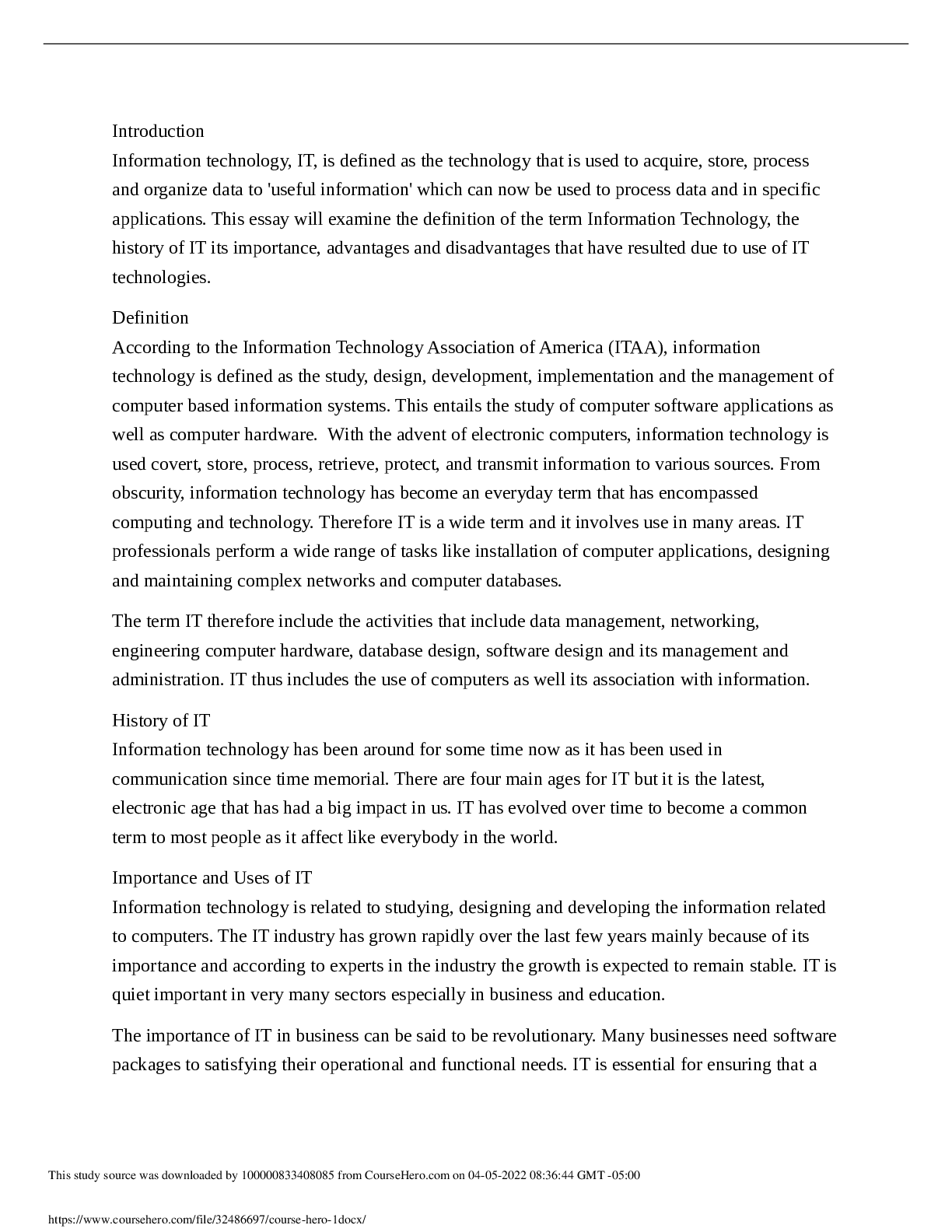
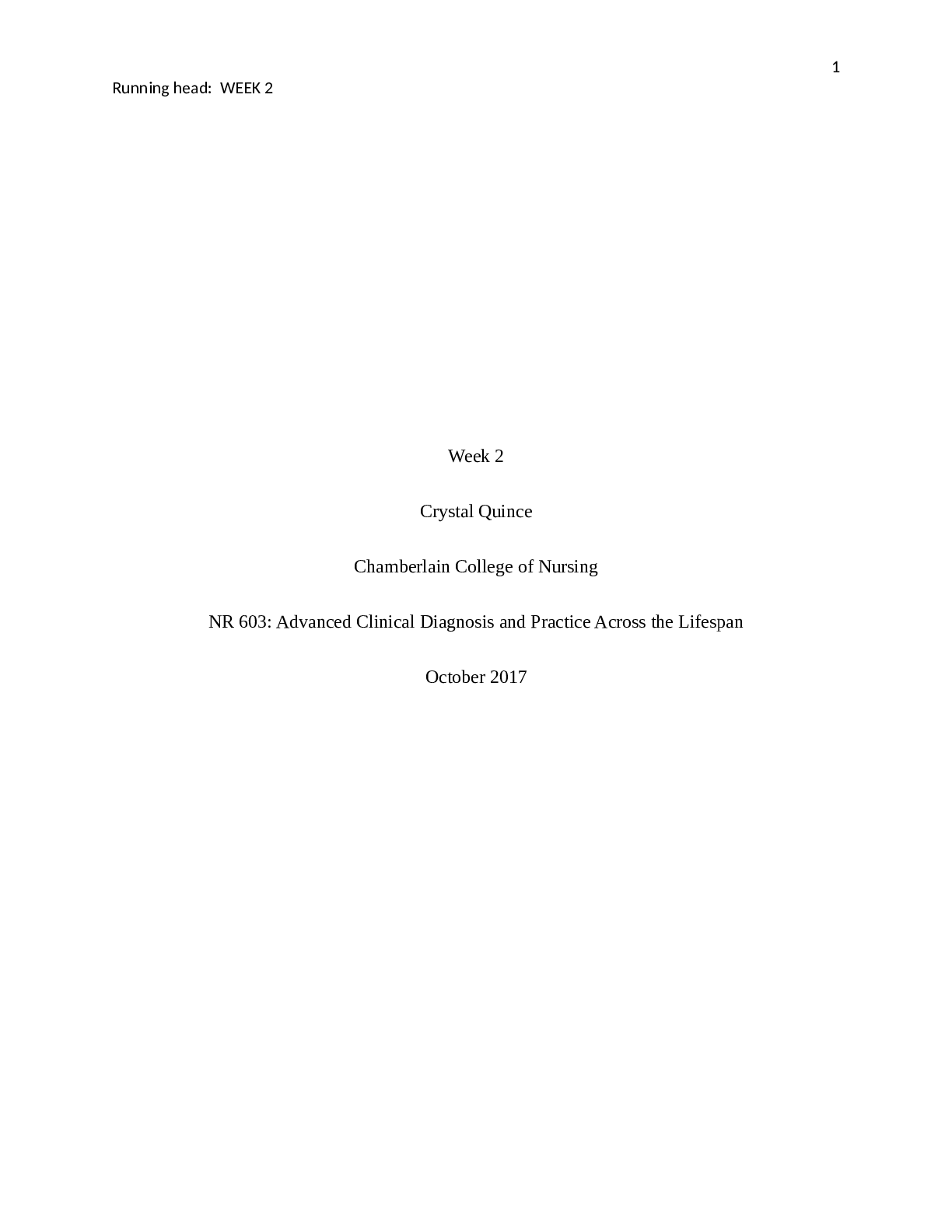
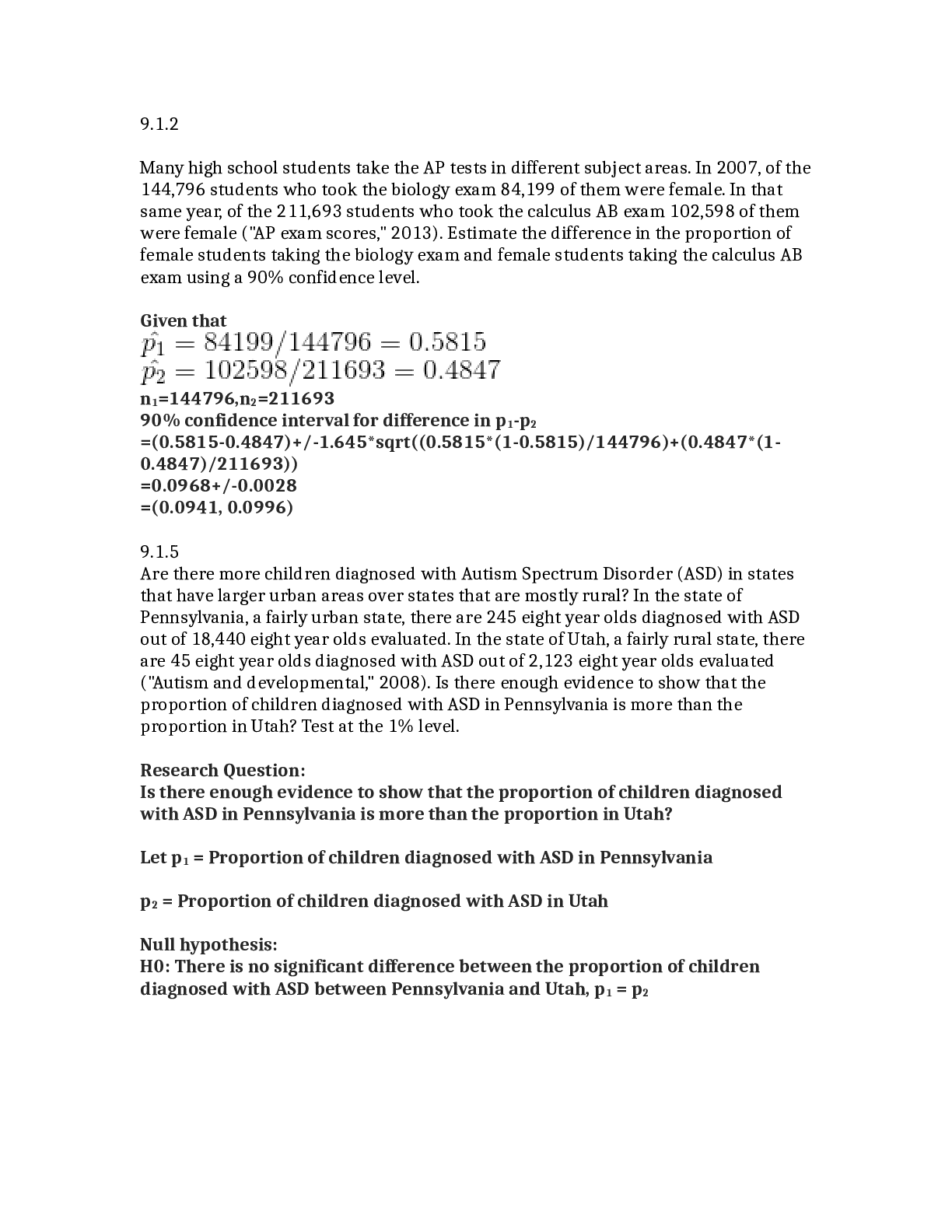
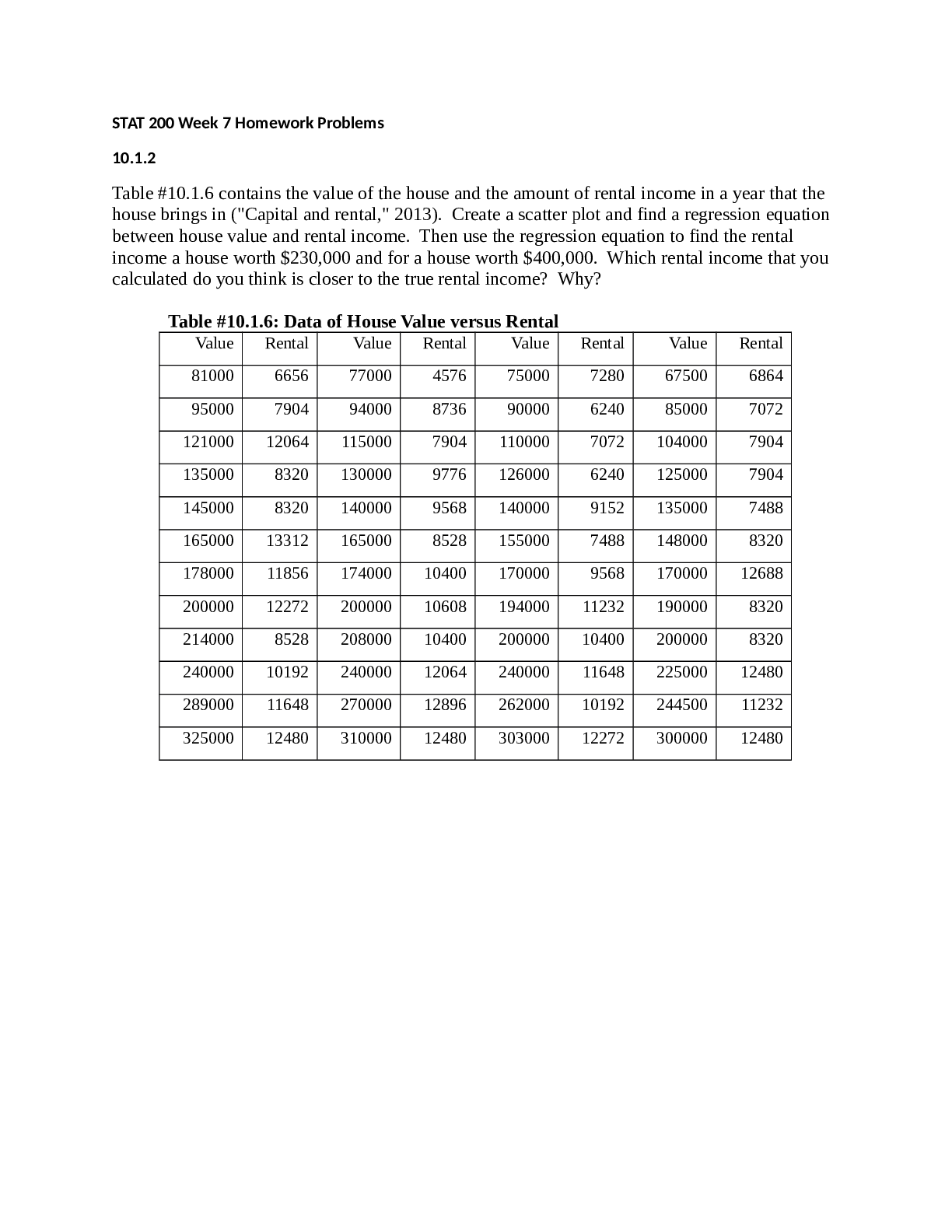
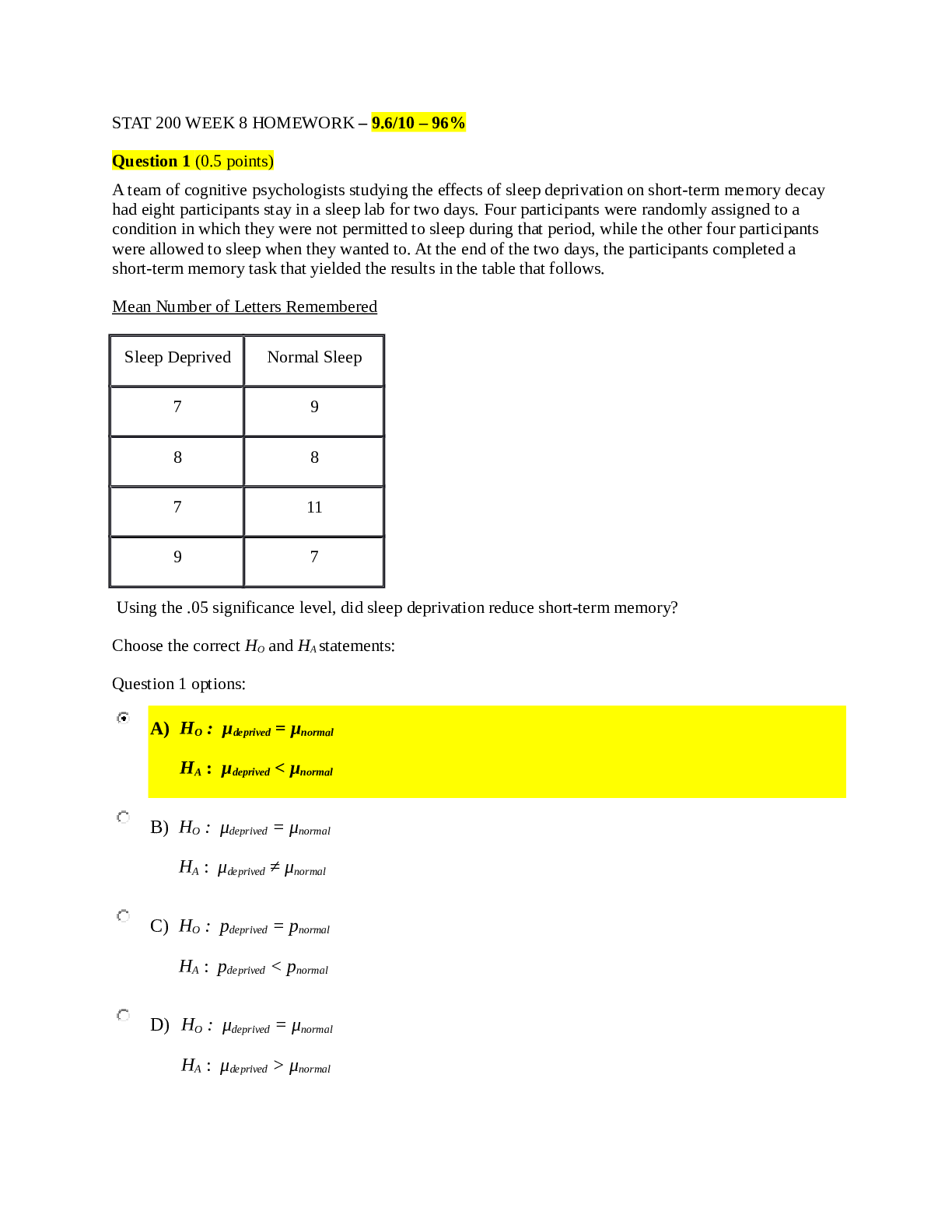
.png)
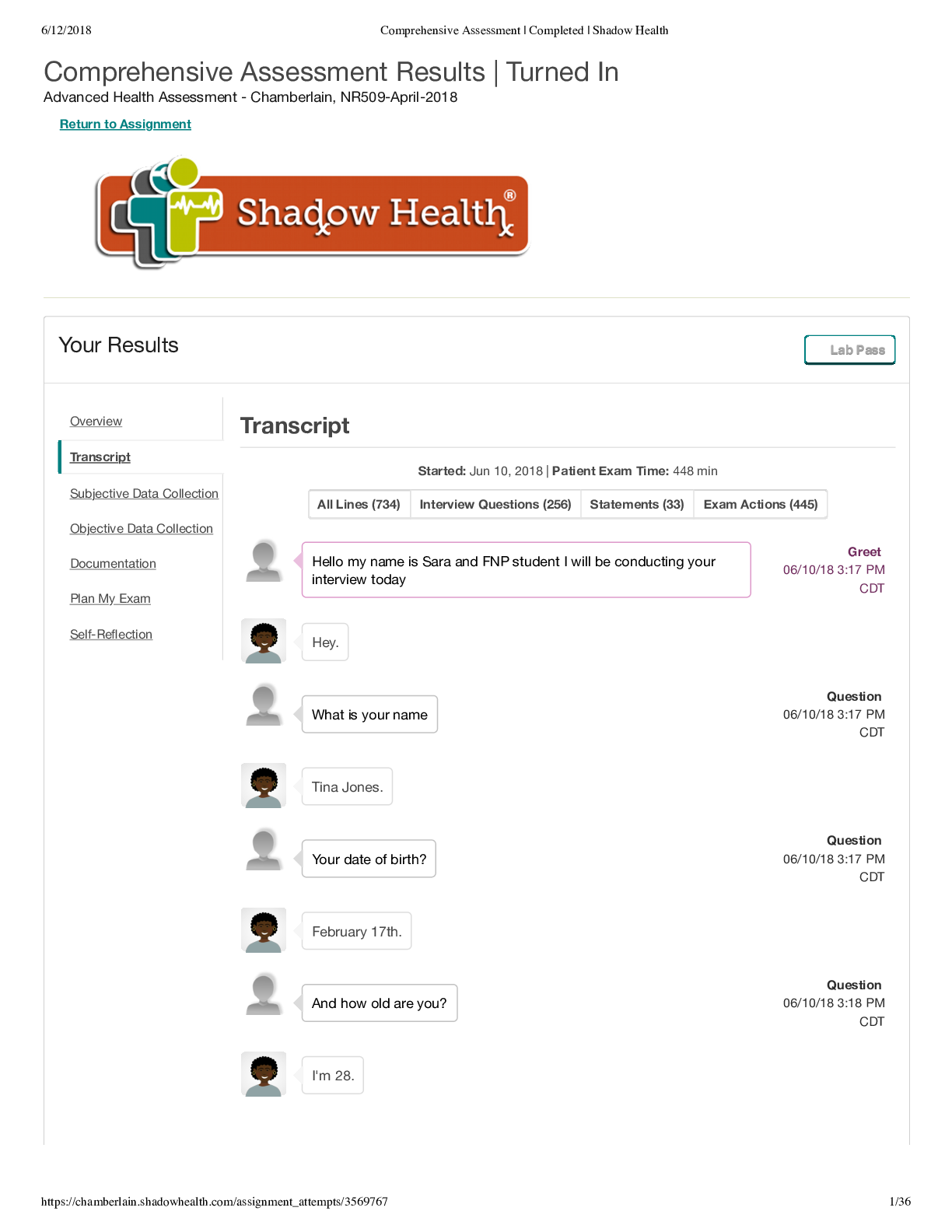
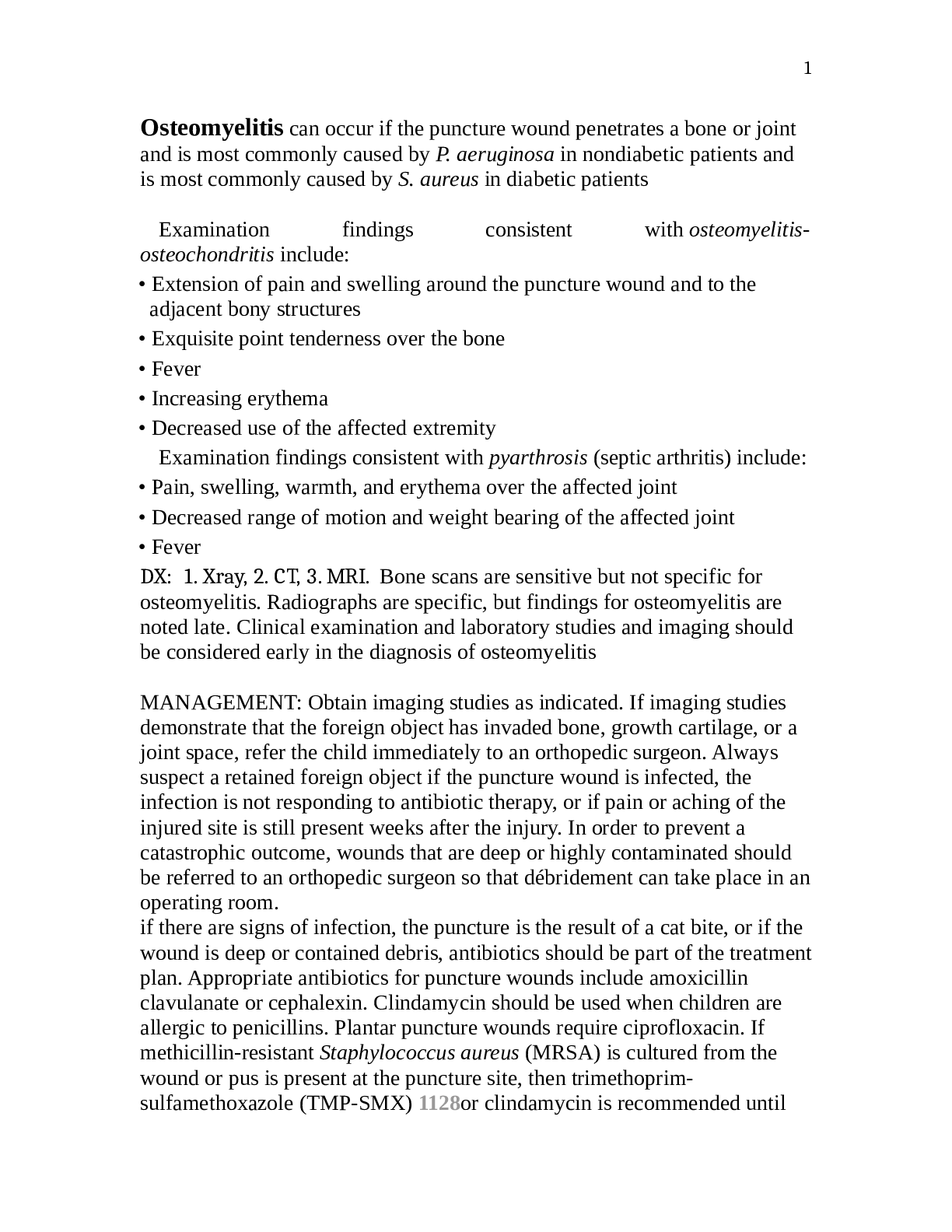
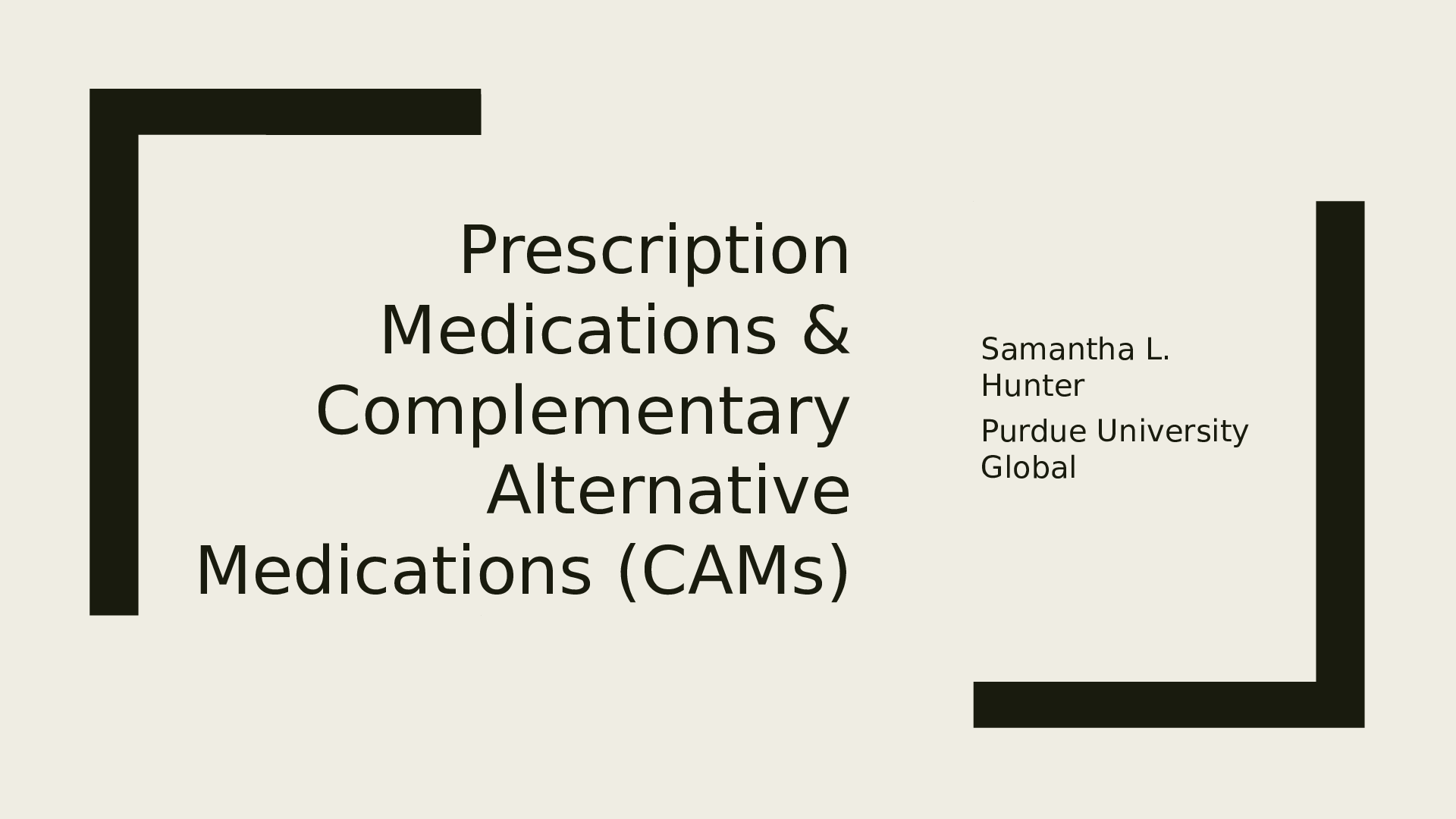
.png)
.png)
.png)
.png)
.png)
